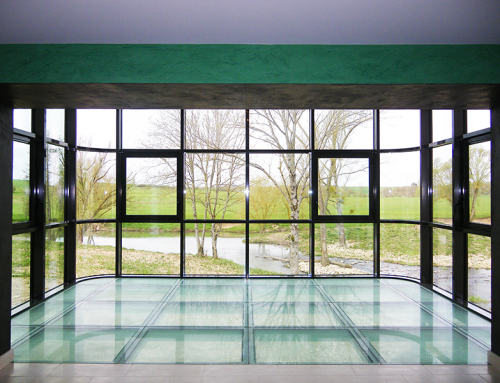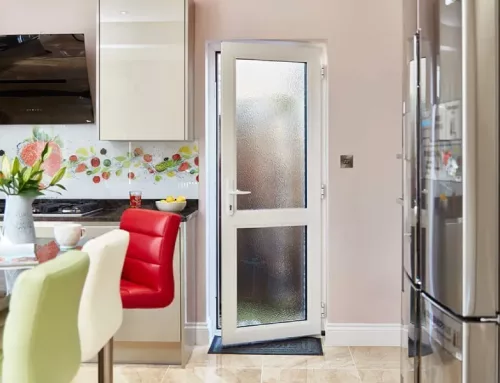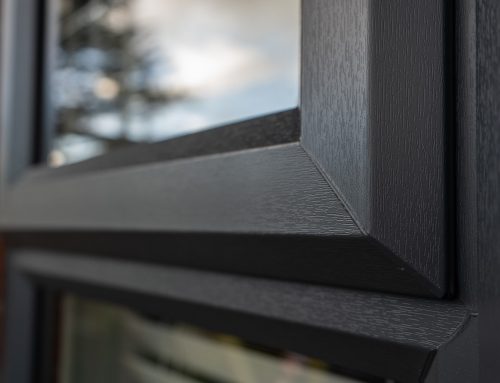The Role of uPVC in Sustainable Construction: A Green Solution for Doors and Windows
As the world embraces sustainable practices and green building principles, the construction industry is undergoing a significant transformation. In this shift towards sustainability, uPVC (unplasticized polyvinyl chloride) has emerged as a preferred choice for doors and windows. uPVC offers a range of environmental benefits, making it a green solution for sustainable construction. In this article, we will explore the role of uPVC in sustainable construction and the reasons why it is considered an eco-friendly choice for doors and windows.
1. Energy Efficiency:
Energy efficiency is a vital aspect of sustainable construction, and uPVC doors and windows excel in this area. uPVC profiles are excellent thermal insulators, minimizing heat transfer between the indoor and outdoor environments. The multi-chambered design of uPVC profiles, combined with double or triple glazing and weather seals, creates an effective barrier against energy loss. This enhanced insulation reduces the reliance on heating and cooling systems, leading to lower energy consumption and reduced greenhouse gas emissions.
2. Recyclability:
uPVC is a highly recyclable material, which contributes to its sustainability credentials. At the end of their lifespan, uPVC doors and windows can be recycled and transformed into new uPVC products, minimizing waste and reducing the demand for virgin materials. The recycling process for uPVC requires less energy compared to the production of new materials, further reducing the environmental impact. By choosing uPVC, builders and homeowners actively participate in the circular economy, promoting resource conservation and minimizing landfill waste.
3. Durability and Longevity:
uPVC doors and windows are known for their durability, which contributes to sustainable construction. Unlike traditional materials such as wood or aluminum, uPVC is resistant to rotting, warping, and corrosion. It is unaffected by moisture, sunlight, and temperature fluctuations, ensuring a longer lifespan. The longevity of uPVC doors and windows reduces the need for frequent replacements, minimizing the consumption of raw materials and the energy associated with manufacturing and transportation.
4. Low Maintenance:
uPVC doors and windows require minimal maintenance, which aligns with sustainable construction practices. Unlike wood, uPVC does not require regular painting, sealing, or varnishing to maintain its appearance and performance. Cleaning uPVC frames and glass panes is a simple task that can be accomplished with mild soap and water. The low-maintenance nature of uPVC reduces the use of chemicals, water, and energy typically associated with the upkeep of doors and windows, making it an eco-friendly choice.
5. Reduced Environmental Impact:
The production of uPVC profiles has a lower environmental impact compared to other materials. The manufacturing process of uPVC consumes less energy and generates fewer greenhouse gas emissions. Additionally, uPVC production does not involve the use of heavy metals or harmful chemicals. This eco-friendly manufacturing process contributes to sustainable construction by minimizing the carbon footprint and promoting healthier indoor environments.
6. Improved Indoor Air Quality:
uPVC doors and windows also play a role in enhancing indoor air quality. Their excellent thermal insulation properties help to create a more comfortable and consistent indoor environment, reducing the need for excessive heating or cooling. As a result, the reliance on artificial ventilation systems is decreased, minimizing the introduction of outdoor pollutants into the building. This leads to improved air quality and a healthier living environment for occupants.
Conclusion:
uPVC doors and windows have established themselves as a green solution for sustainable construction. Their energy efficiency, recyclability, durability, low maintenance requirements, reduced environmental impact, and contribution to improved indoor air quality make them a preferred choice for eco-conscious builders and homeowners. By incorporating uPVC in construction projects, we can reduce energy consumption, conserve resources, minimize waste, and create healthier living spaces. As the world moves towards sustainable development, uPVC doors and windows serve as a testament to the role of innovative materials in creating a greener and more sustainable future.



